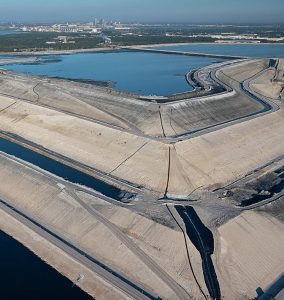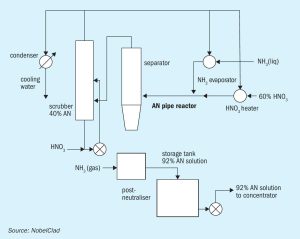Nitrogen Industry News Roundup
Maire SpA subsidiary Tecnimont, together with Orascom Construction SAE, have been awarded a lump sum turn-key engineering procurement and construction contract for new nitric acid and ammonium nitrate plants by the Egyptian Chemical Industries Company (‘Kima’). The contract value is approximately $300 million, of which about $220 million relates to Tecnimont activities. Finalisation of the contract is subject to successful execution of the financing package. The scope of work includes mainly engineering, supply of all materials and equipment – to be performed by Tecnimont – as well as construction activities, to be carried out by Orascom Construction.








